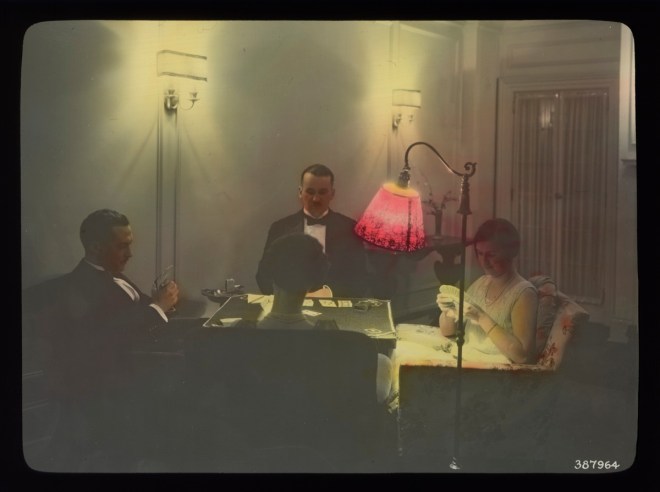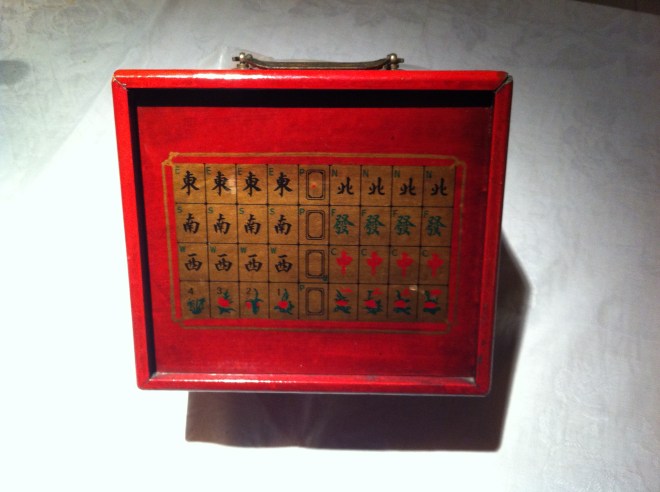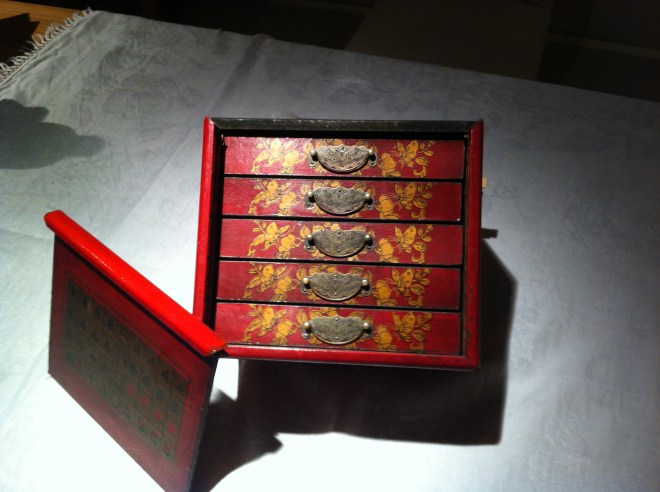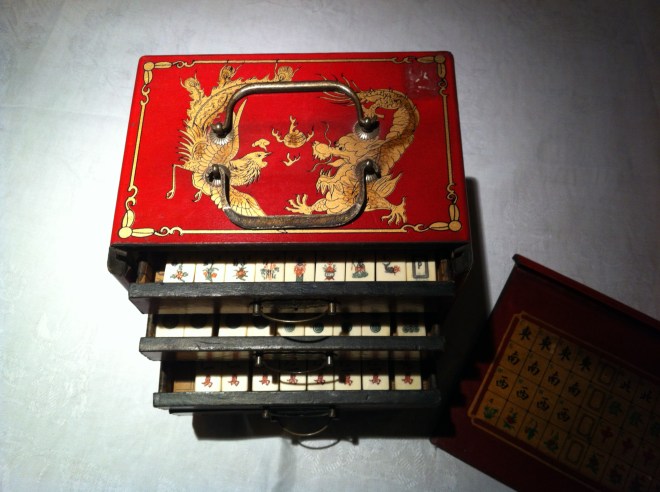Beijing, 17 April 2013
Spring was in the air this weekend! The temperature was definitely higher, the trees were getting a cover of green fuzz
Little violets were blooming along the side of the streets
so my wife and I decided to stop hugging our radiator and go out for a walk.
I thought this was a good time to go and visit a small park I had noticed behind our apartment block, which I often pass when coming back from the airport. It always seems to be seething with locals, exercising, chatting, playing, or just sitting. So off we went, past our local 7-11, past the newspaper stand where my wife gets her phone top-ups, past our Chinese supermarket, past the man who mends our shoes, past old (well, old for China) blocks of apartments, until we finally arrived at the park, wedged between the highway coming in from the airport and a local road.
It was good that we went because the fine weather had brought out the local mah-jong players. I had last seen such a group back in 2009 when we took a walk along Qianhai lake on the last day of October – I remember the day well, the next day it snowed. In the intervening years, I had been keeping a weather eye out for other mah-jong players, but no such luck. I had seen card players, I had seen players of Chinese chequers, I had seen domino players, but I had not seen a single further group of mah-jong players. My luck had finally turned, the good weather had brought them out of hibernation.
So we wandered around, from table to table, watching as the players shuffled their tiles, built their walls, smacked down their tiles, and in some mysterious way won or lost. We watched a few Yuan bills discretely changing hands at the end of games, so the stakes were high!
I’ve had a certain fascination with mah-jong ever since, many years ago, I read Agatha Christie’s The Murder of Roger Ackroyd. At some point, Dr. Sheppard and his sister Caroline spend an evening playing the game with local friends (a retired Army officer and a spinster) and Dr. Sheppard wins in some rare and extraordinary fashion.
The situation became more strained. It was annoyance at Miss Gannett’s going Mah Jong for the third time running which prompted Caroline to say to me as we built a fresh wall: ‘You are too tiresome, James. You sit there like a deadhead, and say nothing at all!’ ‘But, my dear,’ I protested, ‘I have really nothing to say that is, of the kind you mean.’ ‘Nonsense,’ said Caroline, as she sorted her hand. ‘You must know something interesting.’ I did not answer for a moment. I was overwhelmed and intoxicated. I had read of there being such a thing as The Perfect Winning – going Mah Jong on one’s original hand. I had never hoped to hold the hand myself. With suppressed triumph I laid my hand face upwards on the table. ‘As they say in the Shanghai Club,’ I remarked – Tin-ho – the Perfect Winning!’ The colonel’s eyes nearly bulged out of his head.
This scene has always struck me as so British (of a certain period and of a certain class): here are quintessentially British people in their cosy parlour in the evening playing some exotic game which clearly has been imported from some far-flung imperial outpost – Hong Kong or Shanghai’s International Concession or some such place. It is a world that the recent Poirot TV series admirably captures. This photo from the 1930s gets the atmosphere although these particular people are playing a card game.
Ever since I read that book, I’ve wondered how exactly this mah-jong game is played. When my daughter introduced me to the mah-jong videogame I thought I had the answer and spent many happy hours pairing tiles and watching them disappear in a puff of virtual smoke. But once I arrived in Beijing and watched the locals play, I realized that I had been barking up the wrong tree. So I surfed the web to find the rules for mah-jong. Alas! As everyone knows, you cannot learn a game from reading the rules:
Breaking the Wall: East throws the dice, adds the total, and counts off the players, starting with East, working anti-clockwise according to the number thrown. The player where the count ends throws the dice again, adds the total of both throws, and uses this total to count along his wall from right to left. Where the count ends is where the player breaks the wall. He removes the pair of tiles at that point, places the top tile on top of the previous tile and the lower tile in a position two positions further anti-clockwise. These two tiles are called “loose tiles”.
Eh?
My wife and I have agreed that we need to find an – English-speaking – club somewhere in Beijing, where we can learn the game by playing it. In the meantime, we have bought a set of mah-jong tiles. We found a lovely old set tucked away in the back corner of a shop here.
I can’t wait to announce triumphantly “Tin-ho! the Perfect Winning!”
________________
Card game 1930s: http://upload.wikimedia.org/wikipedia/commons/5/5c/Card_game,_circa_1930s.jpg
other pictures: mine







